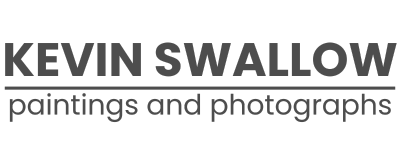Blog
Classes,
Drawings,
Kevin Swallow,
Mixed Media
Kevin Swallow
Classes,
Drawings,
Kevin Swallow,
Mixed Media
Kevin Swallow
Experimental Drawing Techniques - Week 4
Classes,
Drawings,
Kevin Swallow,
Mixed Media
Kevin Swallow
Classes,
Drawings,
Kevin Swallow,
Mixed Media
Kevin Swallow
Experimental Drawing Techniques - Week 3
Classes,
Drawings,
Kevin Swallow,
Mixed Media
Kevin Swallow
Classes,
Drawings,
Kevin Swallow,
Mixed Media
Kevin Swallow
Experimental Drawing Techniques - Week 2
Kevin Swallow,
New Work,
Paintings
Kevin Swallow
Kevin Swallow,
New Work,
Paintings
Kevin Swallow
The Storyteller
Classes,
Drawings,
Kevin Swallow,
Mixed Media
Kevin Swallow
Classes,
Drawings,
Kevin Swallow,
Mixed Media
Kevin Swallow
Experimental Drawing Techniques - Week 1
Cornelia Arts Building,
Exhibitions,
Kevin Swallow,
Open Studios
Kevin Swallow
Cornelia Arts Building,
Exhibitions,
Kevin Swallow,
Open Studios
Kevin Swallow
Open Studios - Friday Night Nov 16th
Kevin Swallow,
New Work,
Photographs
Kevin Swallow
Kevin Swallow,
New Work,
Photographs
Kevin Swallow
exploring - random city images
Kevin Swallow,
Paintings,
Work in Progress
Kevin Swallow
Kevin Swallow,
Paintings,
Work in Progress
Kevin Swallow
Invasion of the water tanks
Kevin Swallow,
Mixed Media,
Paintings,
Work in Progress
Kevin Swallow
Kevin Swallow,
Mixed Media,
Paintings,
Work in Progress
Kevin Swallow
Static Abstractions - works in progress
Kevin Swallow,
New Work,
Paintings
Kevin Swallow
Kevin Swallow,
New Work,
Paintings
Kevin Swallow
City Abstracts
Kevin Swallow,
Paintings,
Work in Progress
Kevin Swallow
Kevin Swallow,
Paintings,
Work in Progress
Kevin Swallow
Abstract paintings in progress
Latest Posts
Featured
New abstract painting: “The Blue Memory of Distance”

